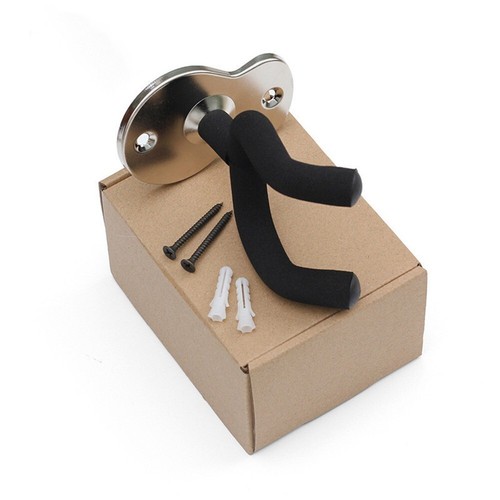

This amplification option lets you maintain the signature sound of the classic guitar while performing at larger venues and more open spaces. These guitars have built in pick-ups so you can easily plug into an amplifier. If you're looking to amplify your sound, consider choosing an acoustic-electric model. The 3/4 and 7/8 sizes are best suited towards older children and adults with a smaller build or frame. There are classroom guitars and models that come in 1/2 sizes to easily accommodate students. For small hands, a full-sized guitar can sometimes be too much. The classical guitar is a great option for musicians that are just starting out. Because the strings are made from this material and are strung at a lower tension than their steel counterparts, the neck of the guitar can be made entirely of wood and the interior bracing can be lighter. What makes the classical style different is that all six strings are made from nylon or metal-wrapped nylon. Like modern acoustic guitars, the sound of the plucked string is amplified by the soundboard and vibrates through the body. The classical and nylon guitar brings every musician back to the basics with its six-stringed design and hollow-bodied wooden construction. Whether you're just starting down the road to making music or are already an accomplished guitarist, there is definitely room in your repertoire for this amazing instrument. To end, I’ve included a video of the Bach’s Prelude, Fugue and Allegro (BWV 998), played by David Russell.Known for its simple, clear sound and smooth nylon strings, the classical guitar has been enjoyed by musicians for centuries. Bach for lute - the Baroque equivalent of the guitar - is always a great example of how the guitar can be used as a polyphonic instrument. Once I understood this, I saw the guitar differently, and even when I play music of different styles, I think of the guitar as instrument with many sonic possibilities. When learning classical pieces, you’ll play through passages with cinematic-sounding, overlapping/sustained notes that sound over other notes, and you’ll see that you can get nice layers of voices that you probably didn’t know were possible on the guitar. Polyphonic is defined as “having many tones or voices.” This is, I think, probably one of the coolest things about playing classical music on the guitar - you start to play and hear the guitar as an instrument that can produce lots of voices, like a piano. The fact that you’re exposed to new progressions and voicings is probably the most practical way that playing classical music improves your musicality. Through discovering new progressions and chords, you might begin to appreciate and better understand how voice-leading works on the guitar, and, from my personal experience, I think it can help you find new chord voicings to use in other styles of music. Sometimes, you may want to explore alternatives to the I-vi-IV-V progressions (or I-IV nowadays) in a lot of pop and rock music, and you can find new types of harmonic progressions in classical music. This is a mindset that you can apply when playing all styles of music and lead you on a quest to develop your own sound. It is a very personal factor when playing classical guitar, since quality tone is produced by your nails and fingers, and you can mold it very specifically. When I started listening to recordings of greats such as Andres Segovia, Christopher Parkening, Julian Bream, John Williams and Judicael Perroy, I wanted the music that I played to sound as fluid, easy and grand as when they played.Ĭourtesy of Classical Guitar memes for shredding teens 😂 The work is never really done, which makes this process all the more fun. Playing classical music at a high level means working on technique continuously. One of the most noticeable things that can improve in your playing - and that I think can help many guitarists in general - is your approach to playing the guitar more efficiently. In this post, I want to share just a few ways playing classical music can improve your overall playing to help you discover itsbenefitsand inspire you to make the leap into this style of music. Over that time, I’ve had many opportunities for growth, but perhaps what has benefitted me the most has been playing classical guitar. Like many of you reading the tonebase blog, I have been playing the guitar for quite a few years now and have put many hours into developing my craft.


 0 kommentar(er)
0 kommentar(er)
